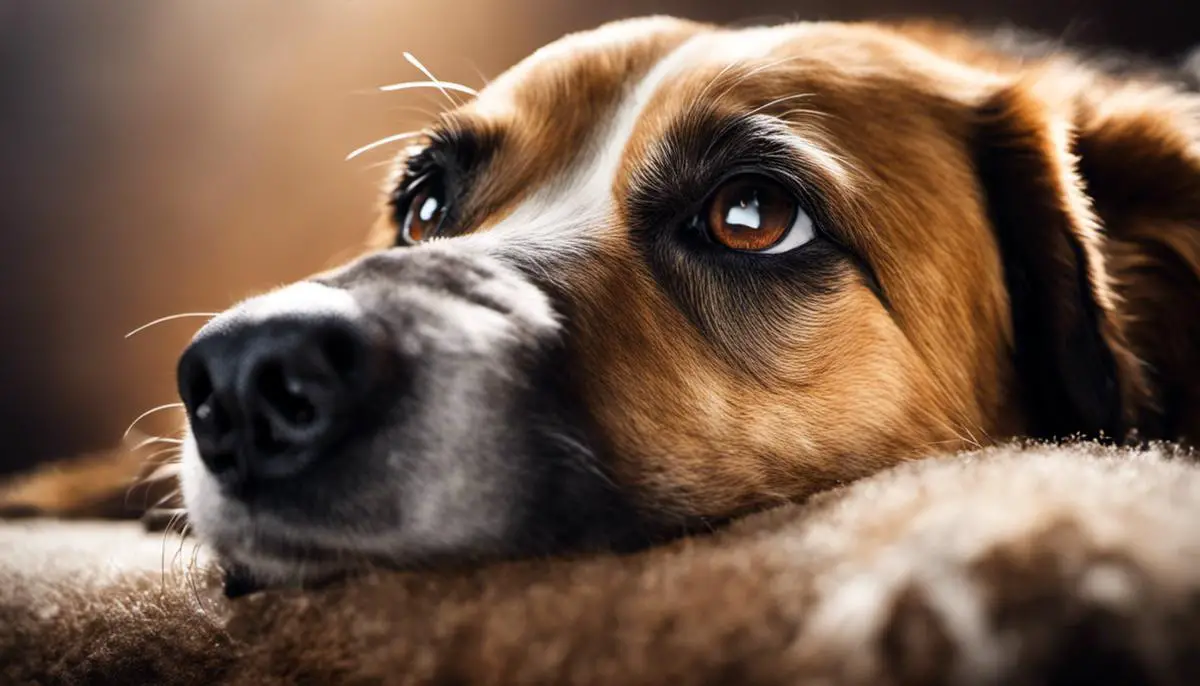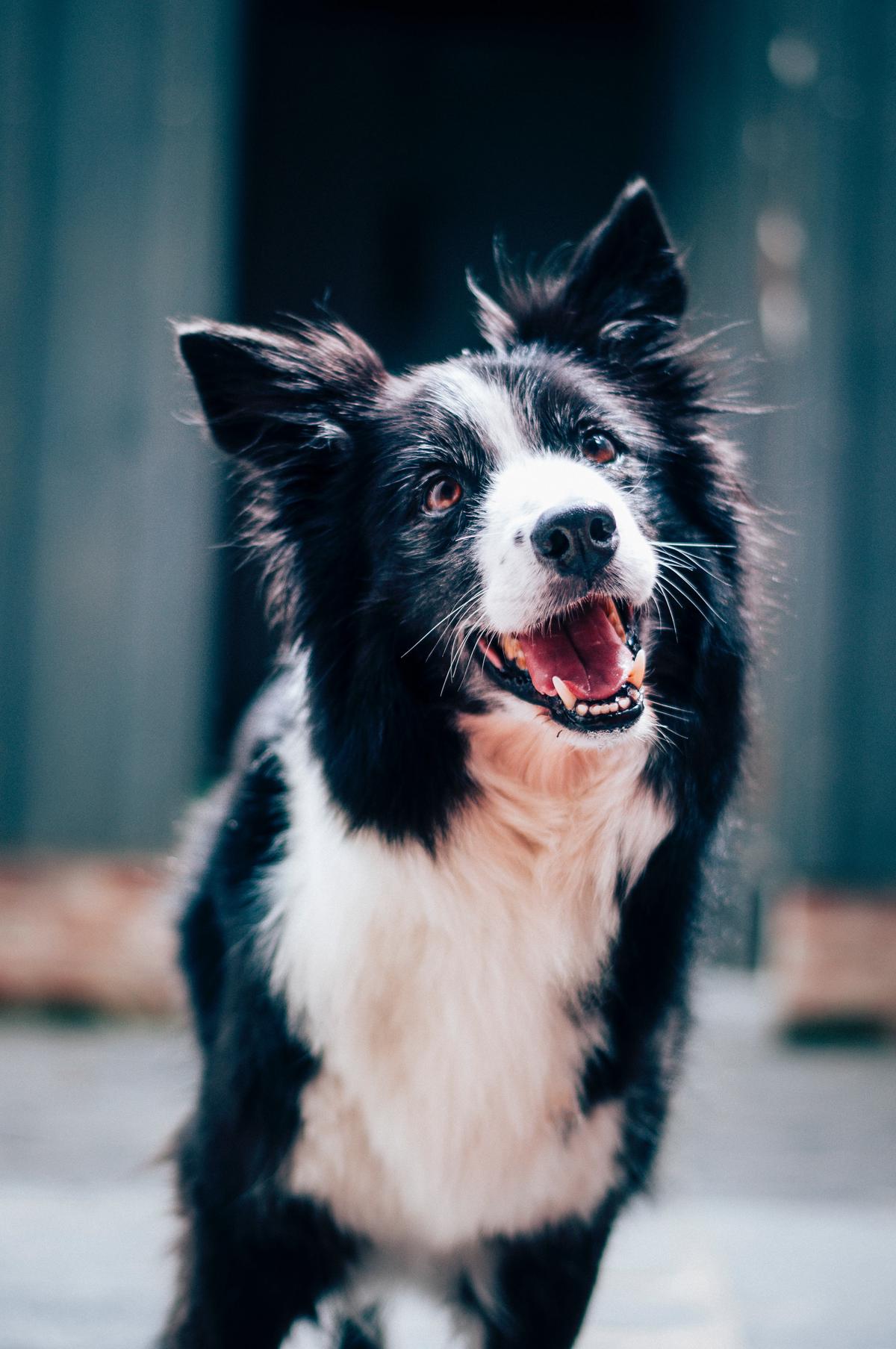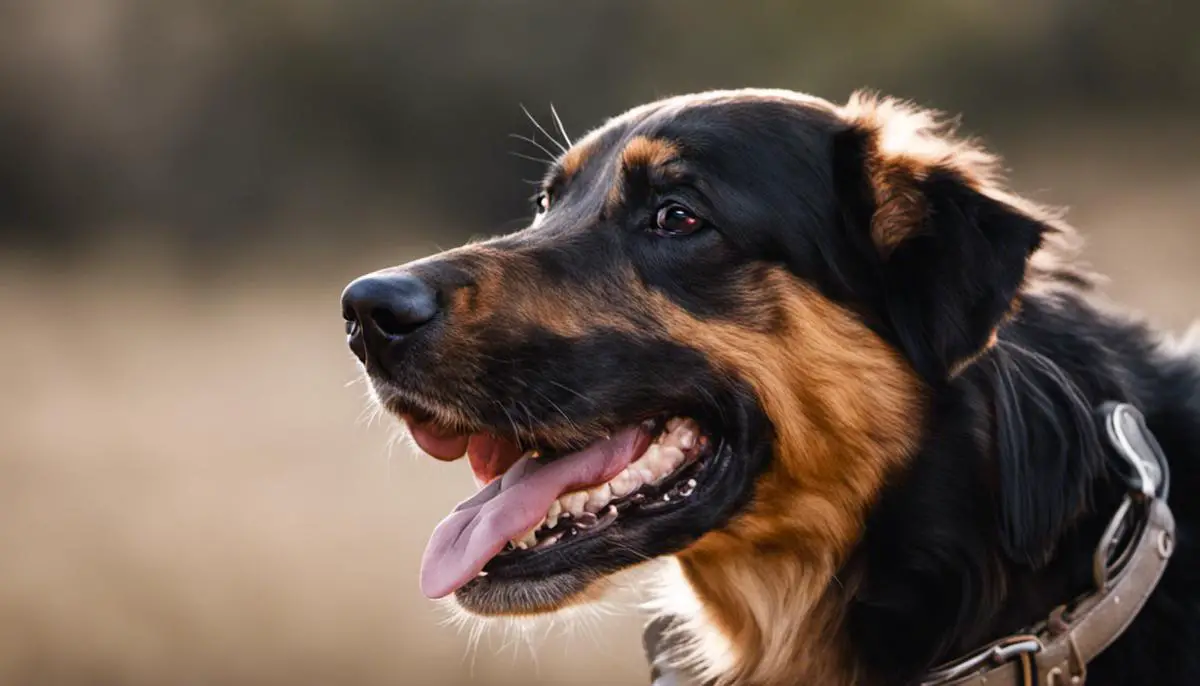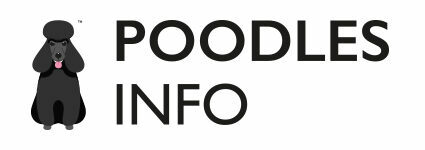Eradicate your Dog’s Bad Breath: Simple Solutions
In the dynamic world of pet wellness, every pet parent seeks to provide the best conditions for their furry friends. Healthy gums and teeth are integral to this well-being, and regular dental care is paramount. Amidst the common health concerns affecting dogs, bad breath stands out for its prevalent occurrence and potential health risks. Our purpose is to delve deep into understanding the causes of bad breath in dogs, ranging from poor dental hygiene and gastrointestinal issues to the impacts of a substandard diet. As pet parents, understanding these causes can help to establish impactful interventions. Furthermore, we will be expanding our lens to explore general dental care for dogs, including routine tooth brushing, dental toys, and specialized dog foods targeting oral health; a solid foundation of good oral health is key to be aware of. Last but certainly not least, navigating the complex range of veterinary consultations is crucial. Persistent issues could indicate underlying health problems, thus being informed on when to seek veterinary assistance and the processes it involves is vital.
Understanding Causes of Dog’s Bad Breath
Understanding the Causes of a Dog’s Bad Breath
The onset of a dog’s bad breath can be instigated by a variety of factors, and these key determinants may provide substantial clues as to the most effective route of treatment. Once the primary cause is established, an appropriate remedy can be pursued to alleviate the offensive odor.
Poor Dental Hygiene as a Primary Cause
A dog’s bad breath is often the result of poor oral health. Plaque and tartar build up on a dog’s teeth, leading to gum disease or other dental problems. Regular brushing can help reduce this buildup, but if left untreated, can result in serious bacterial infections that may be contributing to the foul smell. Alternatively, there might be objects lodged in the dog’s teeth such as food particles or bones which generate foul-smelling breath when they decompose.
Potential Gastrointestinal Issues
Another common cause of a dog’s bad breath is gastrointestinal problems. If your dog has consistent bad breath, it might be suffering from internal complications, such as inflammation in the gut or stomach. Dogs are sometimes guilty of eating things that they should not, which could lead to bacterial infections in the gut and hence bad breath. Issues in the liver, kidneys, or diabetes might also result in breath changes.
Effects of a Poor Diet on a Dog’s Breath
The type of food a dog consumes also plays an integral role in the way its breath smells. Some types of dog food can lead to bad breath, particularly those with fish or with a high grain content. Dogs consuming a diet high in protein might also have breath that has an unusual smell.
The Necessity of a Vet Consultation for Persistent Bad Breath
While these are common causes of bad breath in dogs, if the problem persists, the involvement of a healthcare professional is essential. Whenever there is a lingering, strong odor or a sudden change in a dog’s breath, a visit to the vet is advised. Your vet may then suggest a cleaning, a change in dietary habits, or conduct further tests to understand if there are internal health issues that need to be addressed.

Exploring Dog Dental Care
Exploring Dog Dental Care: The Basics
Maintaining your dog’s dental hygiene is vital for the overall health of your pet. Regular dental care can prevent bad breath, gum disease, and other health issues. To begin with, dog owners should familiarize themselves with the symptoms of oral health issues, such as bad breath, excessive drooling, difficulty eating, oral pain, and changes in behavior.
Importance of Regular Tooth Brushing
Just like humans, dogs need regular tooth brushing to get rid of food particles and bacteria that can cause bad breath and lead to dental diseases. Regular brushing can also stimulate the gums, preventing the onset of gum diseases. The American Veterinary Medical Association recommends brushing your dog’s teeth daily, but if that isn’t possible, aim to do it several times a week.
Learning to Brush Your Dog’s Teeth
To brush your dog’s teeth, you’ll need a dog-specific toothbrush and dog-safe toothpaste. Human toothpaste is not safe for dogs as it often contains fluoride, which is extremely toxic to dogs. Start by lifting your dog’s lips gently and brushing its teeth in a circular motion. Be sure to brush at the gum line because this is where most of the bacteria and plaque reside. Start slowly and gradually increase the brushing time. Reward your dog after each session to make the experience positive.
Dental Toys and Their Role
Dental toys can be a great addition to your dog’s oral hygiene routine. These toys are usually designed to clean the dog’s teeth as they chew. They stimulate saliva production which in turn helps to wash away plaque and tartar. Chew toys can also strengthen your dog’s gums and help to keep their teeth white. Some popular dental toys include dental chews, bones, and dental-specific toys made of rubber or nylon.
Dog Foods Formulated For Oral Health
Certain dog foods are formulated to promote oral health. These kibbles are designed with a unique texture and sizing which encourage the pet to chew the food more, this process aids in cleaning teeth and reducing tartar buildup. Dog owners should look for foods that specifically state they promote dental health. However, it’s important to remember that while these foods can aid in maintaining oral health, they do not replace the need for regular tooth brushing.
Recap on Dog Dental Care
Remember, your dog’s dental health is a key aspect of their overall well-being. Regular brushing, the right diet, and the use of dental toys play significant roles in maintaining your dog’s dental health. By incorporating these practices into their routine, you can help prevent oral issues and keep your dog’s breath fresh and clean. Always contact your vet if you notice any unusual changes in your dog’s mouth or breath.

Photo by baptiststandaert on Unsplash
Veterinary Consultation
Understanding Canine Oral Hygiene
Dogs, like humans, can suffer from bad breath due to poor oral hygiene. Regular brushing of your dog’s teeth can help manage the issue. Using dog-specific toothpaste, gently brush your pet’s teeth daily or at least a few times a week. Changes in your dog’s diet or the introduction of dental chew toys may also improve their breath. Be sure to regularly inspect your dog’s mouth for signs of inflammation or plaque buildup.
Knowing When to Seek Veterinary Help
While bad breath in dogs can often be remedied at home, it may also be indicative of more serious health problems. Persistent bad breath, despite consistent dental care, may signal an underlying health issue. Conditions such as bacterial infections, kidney disease, diabetes, or issues with the diet can contribute to a dog’s bad breath. If you notice signs of difficulty eating, discolored teeth, excessive drooling, or any unusual behavior alongside bad breath, it might be time to consult with a veterinarian.
What to Expect During a Veterinary Consultation
During a veterinarian consultation for persistent bad breath in a dog, expect the vet to conduct a comprehensive oral examination. The vet will check for signs of dental disease like gingivitis, periodontitis, tooth decay, or any oral infections that can lead to bad breath. They may also conduct blood tests to rule out any kidney or liver diseases, and diabetes, which can also contribute to foul breath.
Treatment Options and Preventive Measures
The veterinarian will suggest treatment options based on the results of the examination. This might range from a professional teeth cleaning, antibiotics for a bacterial infection, or dietary changes for digestive issues. Depending on the severity, some dogs may require surgical procedures to treat dental diseases. To prevent bad breath and promote oral health, vets may recommend dental chews, specialized dog food, and regular dental cleanings. Regular vet check-ups are essential to monitor your dog’s dental health and intervene before any issue becomes severe.
Importance of Regular Veterinary Check-ups
Routine check-ups are critical for diagnosing and treating issues such as bad breath in dogs at early stages. A regular dental care routine for your dog at home, coupled with periodic consultations with a vet, can ensure long-term oral health and overall wellbeing for your furry friend. It allows for early detection and treatment of potential issues, saving you from high-cost treatments down the line. This proactive approach ensures that your dog maintains good oral hygiene eliminating bad breath and improving their quality of life.

Dietary Solutions for Bad Breath
Understanding Dog’s Diet and Oral Health
A dog’s diet plays an integral role in its oral health. Certain foods can promote the production of bactericidal enzymes in the dog’s mouth or provide abrasive action against the teeth to reduce the buildup of plaque and tartar. Understanding which foods could help mitigate bad breath in dogs might require assistance from a registered veterinary nutritionist.
Foods for Improvement on Dog’s Oral Health
One common dietary solution is offering your dog a diet of dry food rather than wet food. The crunchy kibble can scrap the teeth clean and reduce the accumulation of plaque and tartar. However, not all dry dog foods do this effectively, so considering brands that specifically market dental health benefits would be more beneficial.
Additionally, dog foods rich in veggies can also help in oral health. Cucumbers, apples, and carrots, have a high water content that can aid the flushing action in the mouth and thereby reduce bad breath. Probiotics in dog foods can promote oral health because they can help control the bad bacteria leading to bad breath.
Bone and dental chews are other ways to engage your dog’s natural instincts while promoting dental health. Always supervise your dog with these chews to prevent choking or accidental ingestion.
Foods to Avoid for a Healthy Dog Breath
Certain foods can negatively impact your pet’s oral health and should be avoided to maintain healthy breath. Foods full of sugars, grains, and additives can promote the growth of bacteria in the mouth leading to bad breath.
Feeding dogs food from your own plate can be harmful to the dog’s oral health as well. Human food is commonly high in salts and sugars that contribute to the breakdown of your pet’s teeth.
Moreover, giving a dog dairy products can negatively influence the breath, as lactose intolerance is common in dogs and can lead to gastrointestinal issues, which subsequently affects breath.
Regular Water Intake
Just like humans, dogs should have constant access to clean, fresh water. Hydration aids in the production of saliva which naturally cleanses the mouth and teeth, and helps mitigate bad breath.
Remember, while modifying your pet’s diet may help reduce bad breath, it’s also important to schedule regular dental check-ups with your veterinarian and maintain proper dental hygiene with daily brushing for a total well-rounded approach.

There’s no underestimating the significance of a well-rounded diet in preserving your dog’s vibrant health and curbing the miseries of bad breath. A detailed exploration of how a dog’s diet impacts their oral health and the role of specific foods in reducing and preventing bad breath is crucial. Reflecting on dietary recommendations offers the much-desired clarity on foods that should be included in your dog’s meal plan, as well as those to be avoided. Furthermore, promoting a well-balanced diet combined with consistent dental hygiene practices and timely veterinary consultation can ensure the elimination of bad breath and overall well-being in dogs. This proactive approach makes a dramatic difference in not only your dog’s breath but also their overall health and happiness. Let’s continue to seek optimal care for our canine companions, thus ensuring they live their best lives free from the worry of bad breath.
